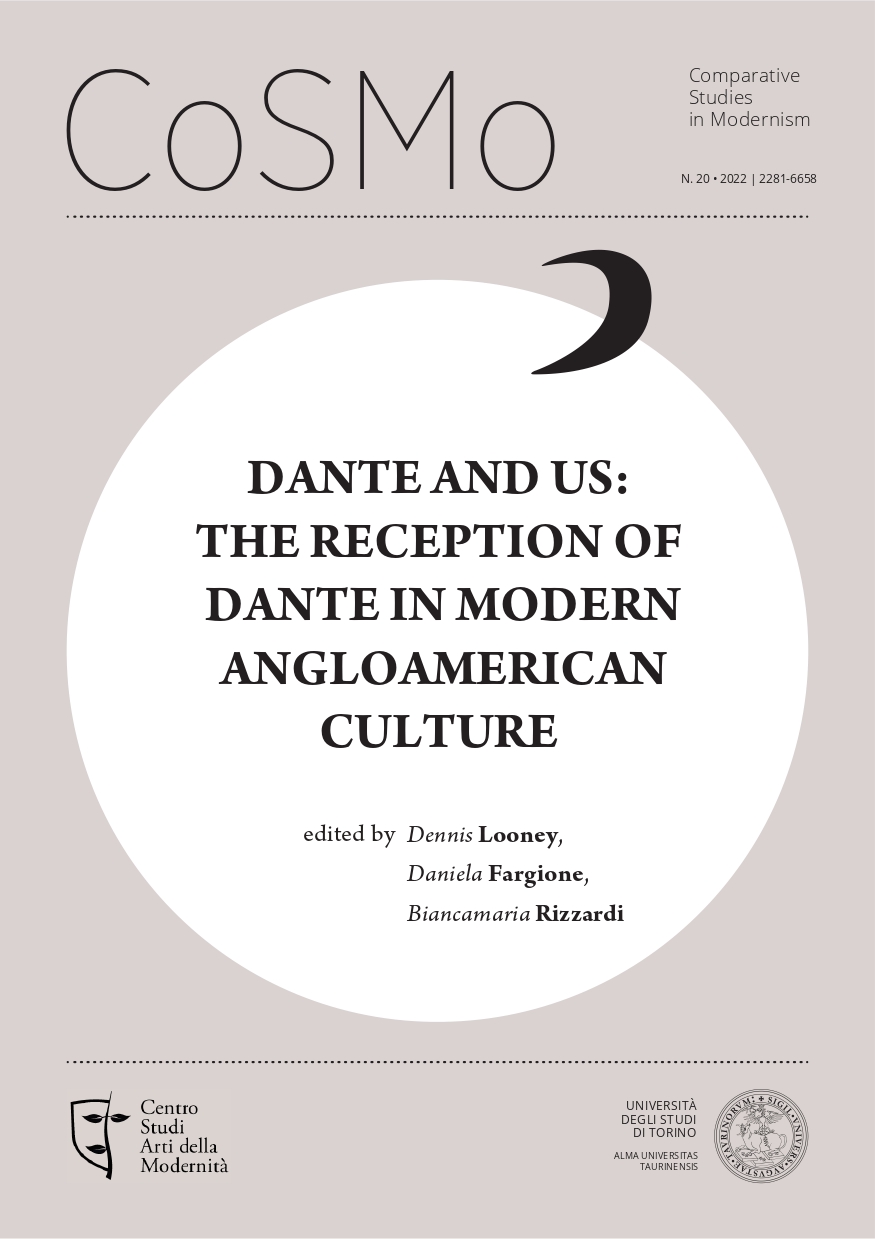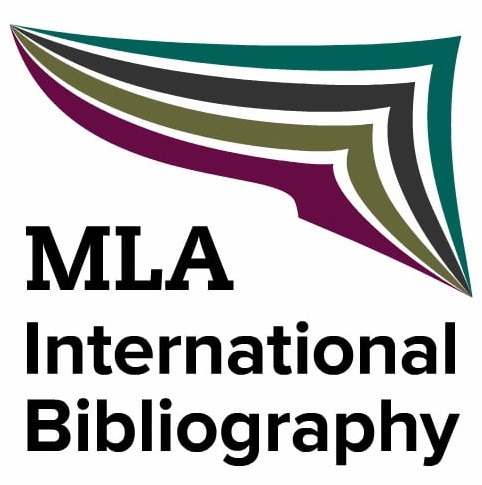A Divine Graphic Comedy
Notes on the History of Dante’s Adaptations in English
DOI:
https://doi.org/10.13135/2281-6658/6505Keywords:
Dante, Divine Comedy, AdaptationAbstract
The Divine Comedy is one of the most famous and timeless narrative poems, being still translated into several languages and inspiring movie adaptations (from Pasolini to Greenaway), pop and rock music, advertisement videogames and graphic novels.The transformations the text has gone through throughout the years reveal several different interpretations of Dante’s work and of its meaning. This essay aims at tracing a history of Dante-based graphic novels in the Anglo-American tradition. Particular attention is devoted to Birk and Sanders’ Dante’s Inferno (2004) and to Seymour Chwast’s graphic novel, Dante’s Divine Comedy (2010), which is the only ‘translation’ into a poster design style. This paper also examines how the Divine Comedy changes migrating from its original context to the contexts that characterized the different adaptations and remediations, and from its original poem form to new genres. It argues that the graphic novel is the genre better able to give to a contemporary reader a new Dante’s Divine Comedy keeping intact the delicate balance between words and imagines (the long history of the Divine Comedy’s illustration testifies it: from Botticelli to Joshua Reynolds, from Gustave Doré, to William Blake until Guttuso, see Battaglia Ricci 2018). Between losses and compensations, the graphic novel establishes a dialogue with its reader on several levels, depending on the expertise of source work and stimulating the reading (or the re-reading) of the classic; in this way they could be considered a strategy of survival of the classic.
Downloads
Downloads
Published
Issue
Section
License
Authors keep the copyrights for their work and give the journal the work’s first publication copyright, which is at the same time licensed under a Creative Commons License – Attribution, which in turn allows other parties to share the work with an acknowledgement of the work's authorship and initial publication in this journal.
Content Licence

You are free to copy, distribute and transmit the work, and to adapt the work. You must attribute the work in the manner specified by the author or licensor (but not in any way that suggests that they endorse you or your use of the work).
Metadata licence

CoSMo published articles metadata are dedicated to the public domain by waiving all publisher's rights to the work worldwide under copyright law, including all related and neighboring rights, to the extent allowed by law.
You can copy, modify, distribute and perform the work, even for commercial purposes, all without asking permission.






